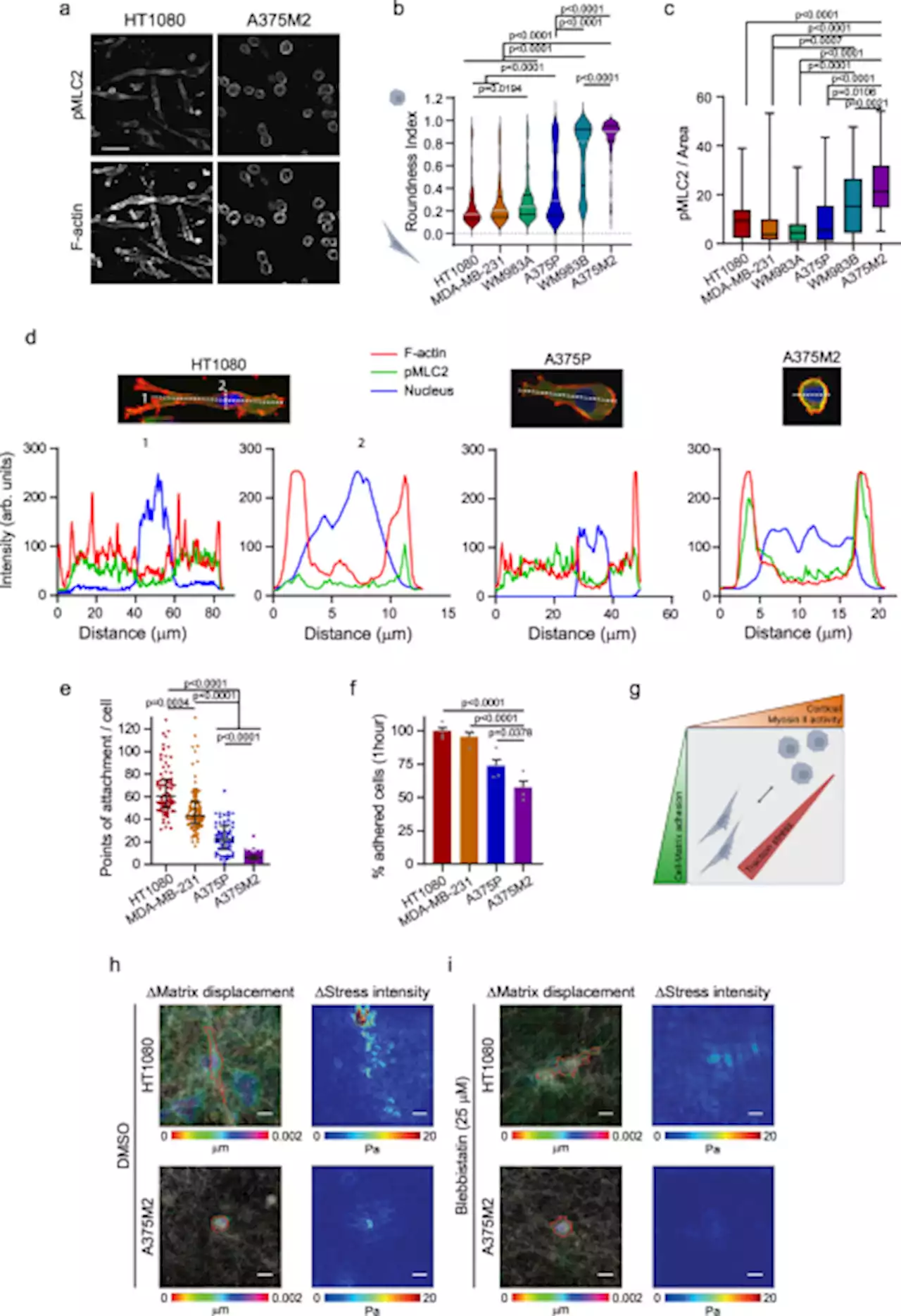Nature study: Experimental brain-spine interface helps paralyzed man walk
located inside Oksam's spinal column next to his spinal cord, transmits the synthetic nerve signals into the lumbar region of his spinal cord, where the spinal nerves branch off to his legs. From there, the artificial nerve signals travel down his spinal nerves, into the formerly paralyzed muscles, allowing him to stand up, take steps forward, moving his ankles to raise his feet as necessary to clear obstructions.
Several aspects of the research are especially noteworthy. One is that this is not the first experimental treatment that Oksam has volunteered for. He also participated in an earlier experiment, in which electrodes in his legs directly stimulated his leg muscles. In combination with orthotic splints on his lower legs to hold his ankles and keep his feet straight, this earlier treatment did enable him to walk for short distances on a flat surface – but that was all.
Despite lots of therapy and practice, he was unable to to do more than this. Although the team had hoped that it might help to regain more functionality, it didn't happen. Second, with the new system his control and balance are so good that the university team constructed a special separate standalone version of the BSI. Whereas the lab version is partly located in a backpack and lets him walk with crutches, this is a take-home version – it mounts onto a wheeled walking frame, allowing him to use it outside of the laboratory.
Third, and perhaps most encouragingly of all, since he's been using the BSI, he has regained some of the lost function and movement in his legs – which the earlier experiment sadly didn't help. Thepaper show that in the system's early days, turning off the implant left him immobilized – literally unable to take another step.the aid of the prosthesis.
Ireland Latest News, Ireland Headlines
Similar News:You can also read news stories similar to this one that we have collected from other news sources.
![]() Near-lifespan longitudinal tracking of brain microvascular morphology, topology, and flow in male mice - Nature CommunicationsBrain vascular impairment may occur early in diseases such as Alzheimer’s disease. Here the authors longitudinally study brain vascular dynamics in mice using advanced optical coherence tomography and deep learning algorithms, which enables tracking of slow vascular decline in aging and models of disease.
Near-lifespan longitudinal tracking of brain microvascular morphology, topology, and flow in male mice - Nature CommunicationsBrain vascular impairment may occur early in diseases such as Alzheimer’s disease. Here the authors longitudinally study brain vascular dynamics in mice using advanced optical coherence tomography and deep learning algorithms, which enables tracking of slow vascular decline in aging and models of disease.
Read more »
 Royal Navy's experimental ship carries out first trial of quantum navigation systemA ship equipped with the technology could navigate more accurately than with chart and compass and without satellite-based navigation on which the world now relies
Royal Navy's experimental ship carries out first trial of quantum navigation systemA ship equipped with the technology could navigate more accurately than with chart and compass and without satellite-based navigation on which the world now relies
Read more »
 Fire warning after Dunsford nature reserve blazeThe fire damaged part of Dunsford nature reserve, in Dartmoor’s Teign Valley.
Fire warning after Dunsford nature reserve blazeThe fire damaged part of Dunsford nature reserve, in Dartmoor’s Teign Valley.
Read more »
 AMPK is a mechano-metabolic sensor linking cell adhesion and mitochondrial dynamics to Myosin-dependent cell migration - Nature CommunicationsCell metabolism must adapt to the energy needs of migrating cells. This study finds that fast amoeboid migrating cells harbor high AMPK activity, which controls both mitochondrial dynamics and cytoskeletal remodeling, enabling reduced energy needs.
AMPK is a mechano-metabolic sensor linking cell adhesion and mitochondrial dynamics to Myosin-dependent cell migration - Nature CommunicationsCell metabolism must adapt to the energy needs of migrating cells. This study finds that fast amoeboid migrating cells harbor high AMPK activity, which controls both mitochondrial dynamics and cytoskeletal remodeling, enabling reduced energy needs.
Read more »
 Study finds association between long-term exposure to air pollution and severe COVID-19A long history of exposure to air pollution is associated with a higher risk of developing severe disease, admission to hospital or an intensive care unit (ICU) and death by COVID‑19 according to a study led by the Barcelona Institute for Global Health (ISGlobal). The study, published in the journal Nature Communications, was based on a large cohort of 4,660,502 adults resident in Catalonia in 2020, the year the Spanish autonomous community had a high incidence of COVID-19.
Study finds association between long-term exposure to air pollution and severe COVID-19A long history of exposure to air pollution is associated with a higher risk of developing severe disease, admission to hospital or an intensive care unit (ICU) and death by COVID‑19 according to a study led by the Barcelona Institute for Global Health (ISGlobal). The study, published in the journal Nature Communications, was based on a large cohort of 4,660,502 adults resident in Catalonia in 2020, the year the Spanish autonomous community had a high incidence of COVID-19.
Read more »
 The spine-chilling true story behind new cult drama 'The Clearing'Australia's most notorious cult.
The spine-chilling true story behind new cult drama 'The Clearing'Australia's most notorious cult.
Read more »
